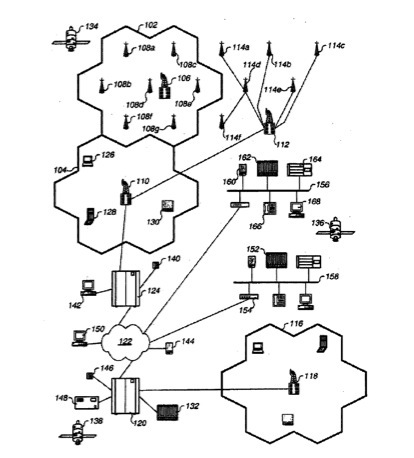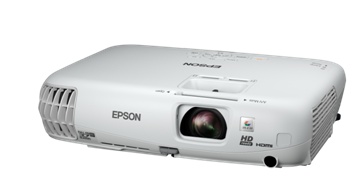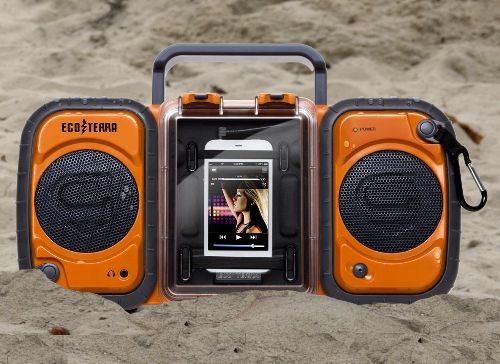Future iPhones and iPods may be able to receive “pushed” info to you based on what location you’re at. Unfortunately, the pushed info could include ads.
An Apple patent (number 20100207782) for a system and method for situational location relevant invocable speed reference has appeared at the US Patent & Trademark Office. It involves a system for pushing situational location dependent content to data processing system devices traveling to locations for, or in directions of, that place which delivery content is designated as deliverable.
Situational location dependent information is transmitted from a server data processing system to a receiving data processing system. The server data processing system communicates with the receiving data processing system in a manner by pushing content when appropriate. A candidate delivery event associated with a current positional attribute of the receiving data processing system is recognized and a situational location of the remote data processing system is determined. The candidate delivery event may be a location and/or direction change, device state change, or movement exceeding a movement tolerance.
The situational location of the remote data processing system may be its location, direction, location and direction, proximity to a location, state change, or location and/or direction relative to a previous location and/or direction, or combinations thereof. A set of delivery content from a deliverable content database is transmitted from the server data processing system to the receiving data processing system according to the situational location of the receiving data processing system, and according to delivery constraints. The delivery content is configurable by authorized administrators on an instant activation basis for proactive delivery. William J. Johnson is the inventor.
Here’s Apple’s background and summary of the invention: “The boom of the internet has greatly provided information to mobile users through wireless web server connected devices such as laptops, personal digital assistants (PDAs), and telephones. People with an internet enabled device can access yahoo.com and other internet connected resources. There are also Global Positioning System (GPS) devices that enable mobile users to know exactly where they are on a particular map. Users with GPS device functionality can further manually enter their known location into an internet MAP directory service (e.g. yahoo.com Maps) and then provide a target address they want to go to. Step by step instructions are then provided to the user for how to get to the destination from the current location. Some GPS devices provide local processing for directing, and narrating to, a driver. Mating automated location finding systems with internet travel direction services is an attractive blend.
“Cadillac recently announced the OnStar program with sales of Cadillac automobiles (Cadillac and OnStar are trademarks of General Motors corporation). A person is enabled with calling upon an ‘OnStar Advisor’ 7 days a week, 24 hours a day, with the press of a button. An emergency call, for example 911, or for a disabled Cadillac vehicle, allows a driver to instantly call upon wireless connected assistance. The driver may also call upon the OnStar Advisor for directions to a destination. The Advisor has access to automatic processing for determination of the vehicle’s current location in case of auto theft, a disabled vehicle, or assisting with directions. The Advisor can also remotely unlock the vehicle should the driver lock the keys in the car. In effect, Cadillac drivers have full time wireless connected assistance around the clock for many reasons. While the location determination of the vehicle is automatic, there remain manual processes performed by the Advisor. Automation of some of these processes is desirable.
“Many internet services derive their revenue stream from advertising. Advertisers pay to have their content delivered to users who access web site and web server interfaces. Advertisers desire to target their audience at the most appropriate time. Knowing the location of a user as being relevant to a particular advertisement is desirable. Automating the delivery of the content is desirable.
“A method is needed for a low cost business model that enables the efficient configuration of deliverable content for automatic delivery to mobile users based on their situational location that is relevant to receive such content.
“The present invention enables a user of a RDPS to be made aware of content that is applicable for the current situational location of the user. Depending on the application of the present invention, the content and configurations will take on a variety of themes.
“For example, in an outdoor wireless embodiment of the present invention, advertisement content can be configured by paying customer advertisers through an internet web interface, and then automatically delivered to people when the people are in a location, or heading path to a location, for reasonable delivery of the content to their automobile installed, or handheld, RDPS. For example, as a driver or pedestrian (i.e. user) approaches a retail store with a mobile RDPS, a configured advertisement of a special deal at the retail store can be proactively delivered (i.e. pushed) to the user automatically on behalf of the store. Likewise, an indoor wireless embodiment of the present invention enables the driver or pedestrian, now a shopper inside the store, to receive configured content to a shopping cart mounted, or handheld, RDPS directing the shopper to specific sales items as the shopper moves about the inside of the store.
“In another application, a policeman may activate a mobile police automobile device (i.e. RDPS) in a police car for automatic delivery of a person’s criminal record as the policeman drives by the location of a person’s house. The police establishment configures criminal record content, or pointers thereto, along with the location of the residence that is believed to harbor the person with a record. As the policeman drives by locations with addresses of known offenders, the RDPS displays applicable criminal data. Of course, the policeman can enable or disable the functionality as needed.
“In another application, a traveling vehicle, for example a touring bus, carries tourists for a narrated drive through a geographic area. Currently, there are human narrators for providing narration of sites and landmarks to people of the narrated drive. The present invention allows configuring deliverable content for locations on the touring bus path so that an automated narrator RDPS installed in the bus can be provided to people on the bus. For example, an RDPS providing audio, video, multimedia, or combination thereof, communicates narration content to people on the touring bus automatically as locations are encountered, or driven by.
“In another application, a person attending a large park (e.g. Disney World) could simply carry a RDPS, and receive content to a handheld device for what attraction lies ahead based on the current location and direction of the person. The person would not have to consult a directory or ask where to find something. Informative content would be proactively delivered, rather than reactively in response to a person’s manual query to a service, or question to a human being.
“In yet a further example, a valuable use would be for emergencies such as when a child is kidnapped. Currently, there is an Amber-Alert mechanism in Dallas/Ft. Worth, Texas where radio stations broadcast an emergency message along with a distinguishable series of tones. This enables any pertinent information known about the kidnapper and child to be broadcast immediately to everyone with the radio on. The present invention enables the emergency broadcast to be immediately configured and then communicated to everyone with a RDPS, for example with a wireless internet connection. A picture of the victim and other multimedia information could be delivered along with audio immediately.
“In still a further use of the present invention, garage sale and estate sale advertisements could be configured on behalf of paying customers that would otherwise use a newspaper classified section. As drivers become in reasonably close proximity to the sale, in the desired time window, advertisement content would be proactively delivered to a wireless RDPS installed, or handheld, in the automobile.
“Thus, there are many applications for the present invention, all accomplished through simply changing the way the present invention is used. Content is pushed out to receiving devices at the most appropriate times. Users do not pull the content with a query.”





